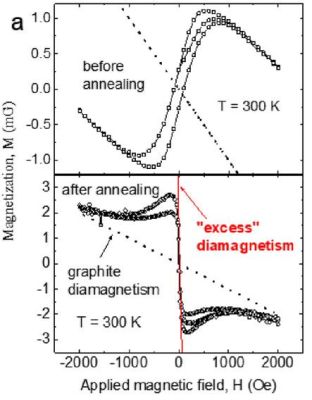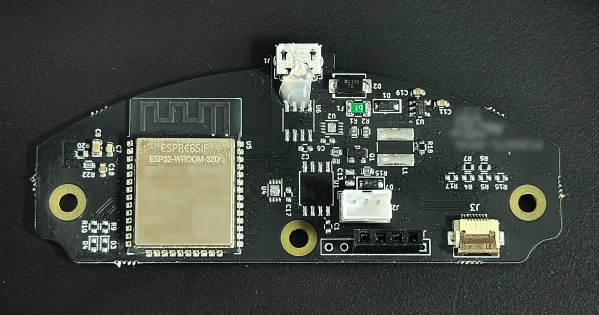The mobile phone is an expensive and often surprisingly fragile device, whose manufacturers are notorious for making them as difficult to repair as possible. Glued-together cases and unreplaceable batteries abound, and technical information is non-existent. But amongst all that there’s one manufacturer with a different approach — Fairphone. Case in point, they’ve released the full service guide including schematics for their flagship Fairphone 5.
Fairphone’s selling point is the repairability and internal accessibility of their products and of course they’ve made hay with this as a marketing opportunity. But aside from that, it’s a fascinating chance to look in-depth at a modern smartphone from the inside out. We see the next-level PCB layout and how everything is so neatly packed into the minimum space, all without resorting to a heat gun.
It’s great to have another hackable phone, and fair play to Fairphone for releasing all this stuff, but perhaps the most interesting part from where we’re sitting is how and where this phone is being sold. There have been hackable phones before, for many the Pinephone will spring to mind, but they have always been sold to an audience who buy to hack. Here in Europe where this is being written, the Fairphone is being sold as a consumer device. It won’t shake Apple or Samsung from their perches, but for a hackable device to be so generally available to those who wish to do things with it can never be a bad thing.
We took a quick look at Fairphone back in 2015, when they launched.


















